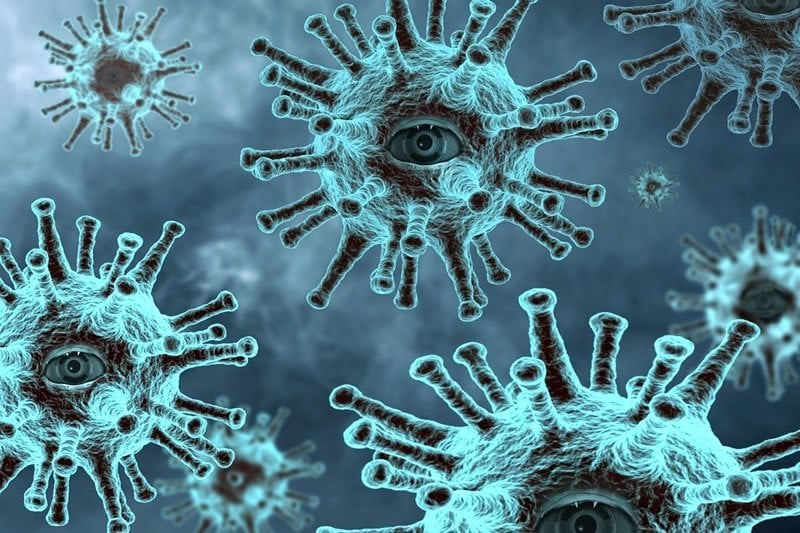Summary: A new study reveals the risk of transmission of COVID-19 through tears is low. However, transmission can occur if you touch an item infected with the virus and then touch your eye.
Source: American Academy of Ophthalmology
While researchers are certain that coronavirus spreads through mucus and droplets expelled by coughing or sneezing, it is unclear if the virus is spread through other bodily fluids, such as tears. Today’s just-published study offers evidence that it is unlikely that infected patients are shedding virus through their tears, with one important caveat. None of the patients in the study had conjunctivitis, also known as pink eye. However, health officials believe pink eye develops in just 1 percent to 3 percent of people with coronavirus. The study’s authors conclude that their findings, coupled with the low incidence of pink eye among infected patients, suggests that the risk of virus transmission through tears is low. Their study was published online today in Ophthalmology.
To conduct the study, Ivan Seah, MBBS, and his colleagues at the National University Hospital in Singapore collected tear samples from 17 patients with COVID-19 from the time they showed symptoms until they recovered about 20 days later. Neither viral culture nor reverse transcription polymerase chain reaction (RT-PCR) detected the virus in their tears throughout the two-week course of the disease.
Dr. Seah also took samples from the back of the nose and throat during the same time period. While the patients’ tears were clear of virus, their noses and throats were teeming with COVID-19. Dr. Seah said he hopes their work helps to guide more research into preventing virus transmission through more significant routes, such as droplets and fecal-oral spread.

Despite this reassuring news, it’s important for people to understand that guarding your eyes — as well as your hands and mouth — can slow the spread of respiratory viruses like the coronavirus.
Here’s why:
- When a sick person coughs or talks, virus particles can spray from their mouth or nose into another person’s face. You’re most likely to inhale these droplets through your mouth or nose, but they can also enter through your eyes.
- You can also become infected by touching something that has the virus on it — like a table or doorknob — and then touching your eyes.
Source:
American Academy of Ophthalmology
Media Contacts:
Vered Hazanchuk – American Academy of Ophthalmology
Image Source:
The imageis in the public domain.
Original Research: Open access (PDF)
“Assessing Viral Shedding and Infectivity of Tears in Coronavirus Disease 2019 (COVID-19) Patients”. Ivan Seah et al.
Ophthalmology doi:10.1016/j.ophtha.2020.03.026..
Abstract
Assessing Viral Shedding and Infectivity of Tears in Coronavirus Disease 2019 (COVID-19) Patients
Ocular transmission of COVID-19 is uncertain. 64 tear samples were collected from 17 COVID-19 patients between Day 3 to Day 20 from initial symptoms. Neither viral culture nor reverse transcription polymerase chain reaction (RT-PCR) detected the virus, suggesting a low risk of ocular transmission.






